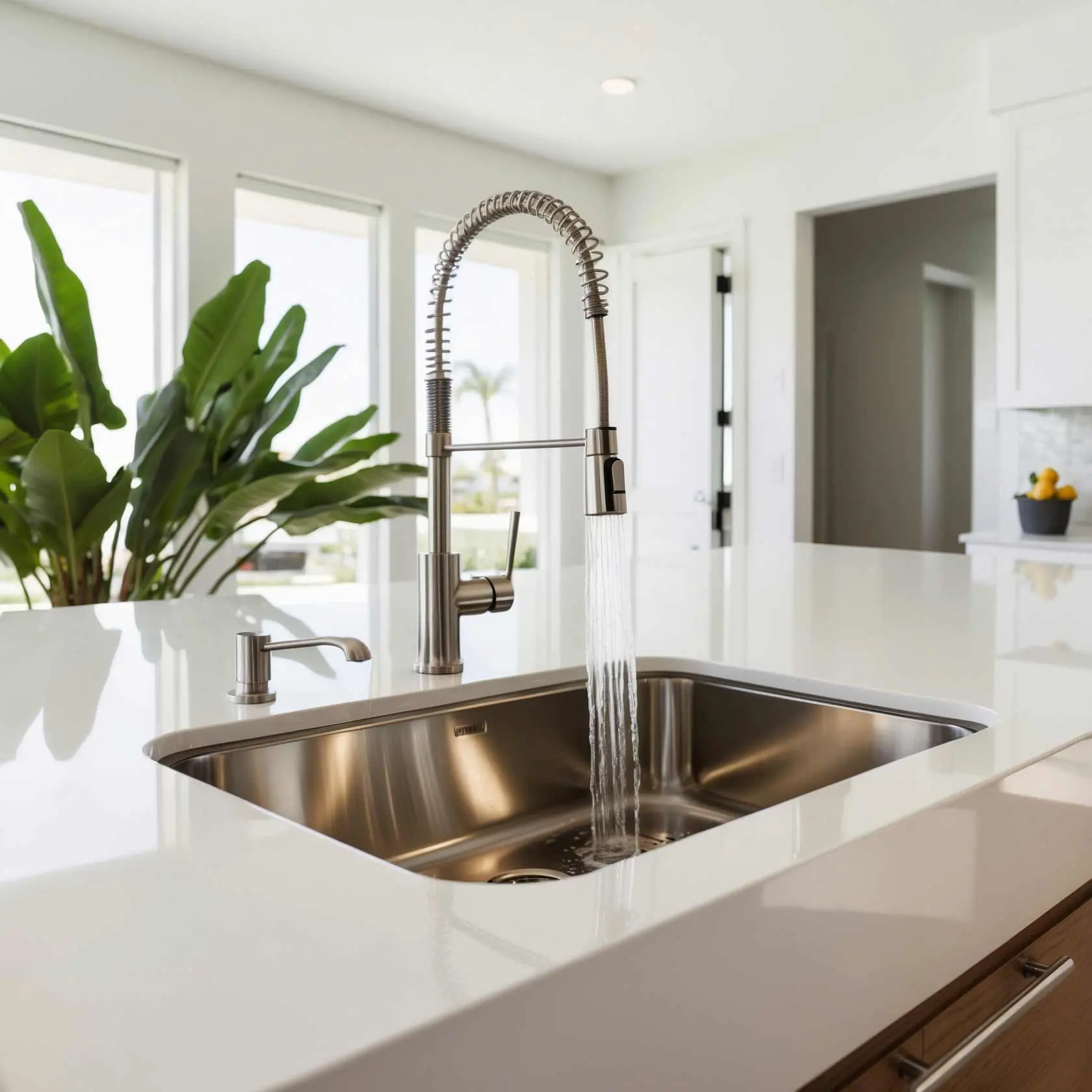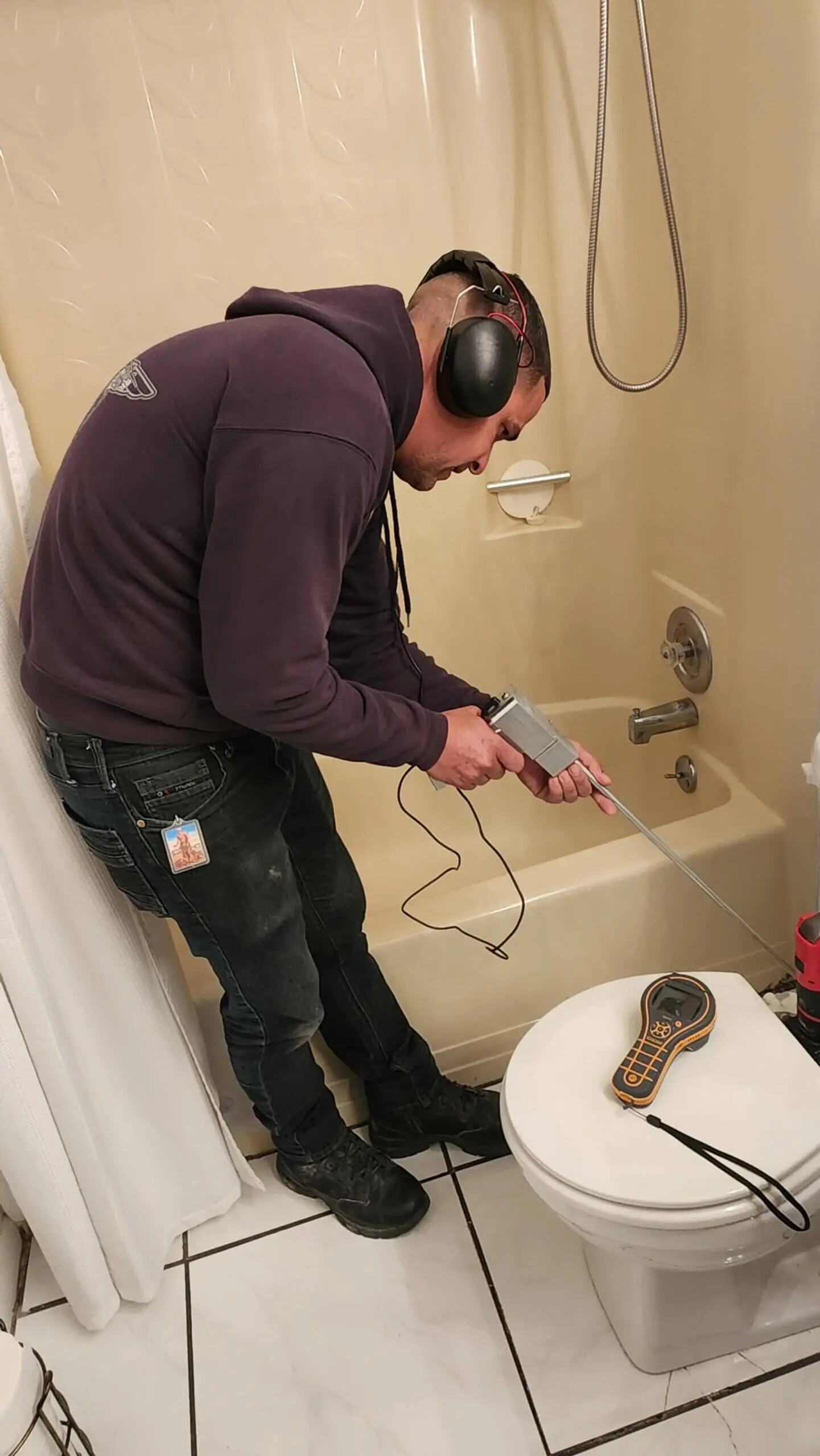Understanding the Costs: How Expensive Is Mold Removal?
Introduction
Mold can be an insidious problem lurking in homes and buildings, often going unnoticed until it has caused significant damage. Understanding the costs associated with mold removal is essential for homeowners and property managers alike. This comprehensive guide aims to shed light on what you can expect when dealing with mold remediation, including factors that influence costs, common pricing structures, and tips for avoiding pitfalls. With a friendly tone and detailed insights, let’s dive into the murky waters of mold removal expenses.
Understanding the Costs: A Comprehensive Guide to Mold Removal Expenses
When it comes to mold removal, costs can vary widely based on numerous factors. These include:
- Size of the affected area
- Severity of the mold infestation
- Type of mold present
- Location within a home or building
- Accessibility of the affected area
In essence, understanding these elements can help you prepare for the financial commitment involved in mold remediation.
Factors Influencing Mold Removal Costs
1. Size of the Mold Infestation
The most straightforward factor affecting costs is simply how much mold needs to be removed. Larger infestations will naturally require more resources—both in terms of labor and materials.
-
Small Areas: Typically defined as less than 10 square feet, small areas may cost anywhere from $500 to $1,500 to remediate.
-
Medium Areas: Covering 10 to 30 square feet, medium-sized issues might range from $1,500 to $3,000.
-
Large Areas: Anything over 30 square feet may lead to expenses exceeding $3,000 and could even reach upwards of $6,000 depending on severity.
2. Severity of Mold Growth
Not all molds are created equal; some are easier to remove while others pose significant health risks.
- Mildew is relatively easy and inexpensive to remove.
- Black mold, however, can be highly toxic and often requires specialized treatment methods.
In cases where hazardous molds are present, you might also need additional inspections or air quality testing before proceeding with remediation.
3. Type of Mold
Different types of mold have varying levels of difficulty when it comes to removal:

| Type of Mold | Description | Average Removal Cost | |---------------------|--------------------------------------------------|---------------------------| | Mildew | Easy-to-remove surface growth | $500 - $1,500 | | Black Mold | Toxic and requires protective measures | trusted drain cleaning experts $2,000 - $6,000 | | Aspergillus | Common indoor allergen | $1,500 - $4,000 | | Stachybotrys | Known as black mold; requires specialized care | Upwards of $6,000 |
4. Location Within the Home
Where the mold is located significantly impacts removal costs:
-
Attics and Basements: Often more challenging due to accessibility issues.

-
Bathrooms or Kitchens: Typically easier access but may involve plumbing repairs if leaks caused the problem.
Pricing Structures for Mold Removal Services
Mold removal companies typically use one of several pricing structures:
1. Flat Rate Pricing
Some companies charge a flat rate based on the size and severity of the infestation. This pricing structure allows for predictable budgeting but may not account for unexpected complications.
2. Hourly Rates
In instances where a company charges by the hour—often between $75-$150 per hour—you could end up paying more if complications arise during remediation.
3. Per Square Foot Pricing
Many contractors will quote prices based on square footage. This is especially common in larger jobs where extensive work is required.
The Importance of Professional Assessment
Before jumping into any mold removal project—whether DIY or professional—it’s crucial to have a comprehensive assessment performed by a certified inspector. This initial evaluation not only identifies problem areas but can also uncover hidden moisture sources that need addressing during remediation.

Hidden Costs Associated with Mold Removal
While many people focus solely on direct removal costs, hidden expenditures can quickly add up if you're not careful:
1. Repairing Water Damage
Often overlooked are repairs related to water damage that facilitated mold growth in the first place—think leaky roofs or broken pipes.
2. Air Quality Testing Post-Remediation
Once your space has been treated for mold, it's wise (and sometimes necessary) to have air quality tests conducted to ensure no spores remain airborne.
DIY vs Professional Mold Removal: Weighing Your Options
Many homeowners consider tackling minor mold issues themselves as a way to save money; however, this decision should not be taken lightly:
Pros:
- Potentially lower immediate costs.
Cons:
- Riskier as improper handling could exacerbate problems.
If you decide that DIY is right for you—particularly for smaller areas—be sure you follow safety protocols like using masks and gloves!
FAQs About Mold Removal Expenses
Q1: How much does professional mold removal typically cost?
A: It generally ranges from about $500 for small areas up to $6,000 or more for extensive infestations involving hazardous molds like black mold.
Q2: Can I remove mold myself?
A: Yes! For small patches (less than 10 square feet), DIY methods may suffice; however, always take precautions and consider hiring professionals if unsure about safety practices.
Q3: Does insurance cover mold removal expenses?
A: It depends on your policy specifics; some homeowner's insurance covers certain types of water damage leading to molds but often excludes coverage once mold has formed.
Q4: Why should I hire an inspector before removing mold?
A: An inspection helps identify both visible infestations and underlying moisture sources while providing peace of mind regarding air quality post-remediation!
Q5: What are common signs I have a serious mold problem?
A: Watch out for persistent dampness or musty odors; also look closely at hidden areas like attics where leaks often go undetected!
Q6: What extra steps should I take after removing noticeable molds?
A: Fix any leaks promptly! Consider using dehumidifiers in affected areas—and regularly check humidity levels at home (ideally below 60%).
Conclusion
Understanding the costs involved in mold removal is essential if you're facing this unpleasant challenge head-on. From assessing infestation size and severity to considering hidden expenses like repairs or post-remediation testing—knowledge truly is power! By weighing your options carefully—whether opting for professional help or taking matters into your own hands—you'll find yourself better equipped to tackle those pesky spores effectively without breaking the bank!
So remember—when considering “Understanding the Costs: A Comprehensive Guide to Mold Removal Expenses,” don’t just focus on immediate financials; think long-term too! After all—as they say—a stitch in time saves nine!